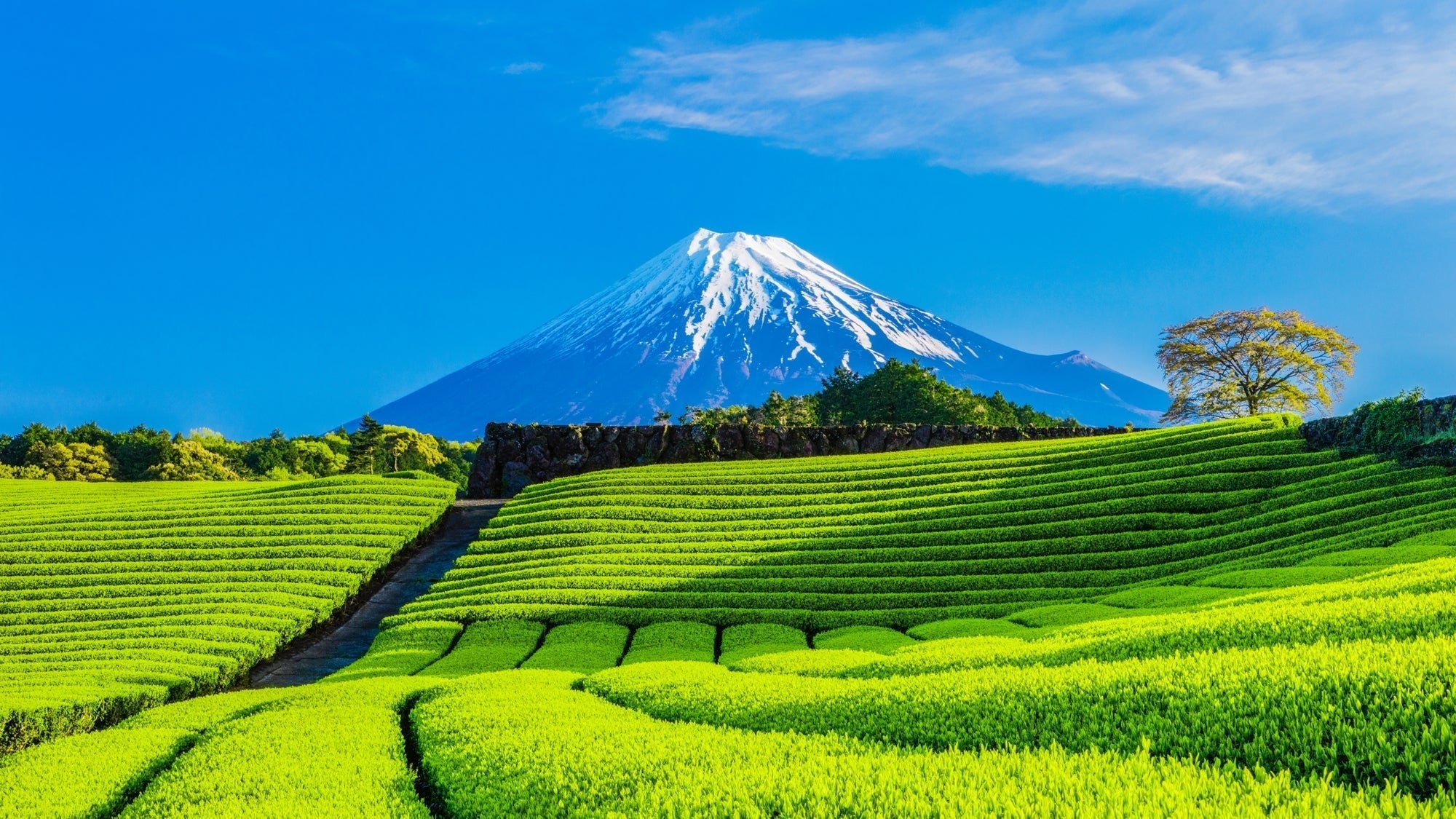
The Green Gems of May: Shincha
Written by Team MUSUBI
As summer approaches, so too does a new season of Japanese tea. Every year, many people are in anticipation of this special seasonal treat that can only be enjoyed during this time of the year.
"Shincha" is the first flush of the season's tea harvest. Young tea leaves are carefully plucked by hand and delicately processed to maintain its unique flavor and aroma. In Japan, the harvesting of shincha and the enjoyment of its fresh flavor are both age-old traditions that are deeply embedded in Japanese culture and deliver the joy of welcoming another new season.
Join us in exploring how shincha marks the delightful transition from spring to early summer in Japan, and celebrate its sweet and aromatic allure.
tables of contents
What is Shincha?

So why is shincha so flavorful? From spring to winter, tea plants continue their growth, allowing for multiple harvests. However, during the cold winter, they respond to the cold weather by storing up vital nutrients and becoming dormant with no new foliage. When spring arrives, the dormant tea trees come alive with fresh buds bursting with stored nutrients. These nutrient-packed leaves release their delectable flavors and aromatic fragrance as they open to become shincha.

Signaling the Arrival of a New Season

In Japan, enjoying shincha is more than just about drinking delicious tea. It is a cultural tradition that celebrates the slow transition of seasons from spring to summer. Traditionally, shincha was harvested on the 88th day after Risshun, which is the beginning of spring on the lunar calendar. The 88th day is known as Hachiju Hachiya and was believed to be the best time to start harvesting shincha. It was also believed that drinking shincha harvested on the 88th day prolonged one's life. For 2023, the 88th day lands on May 2nd, however, with the unusually warm weather this spring, tea harvesting has already begun in well-known tea growing areas such as Kagoshima Prefecture in Kyushu and Shizuoka Prefecture.
During the shincha season, carpets of vivid bright green cover the fields of tea farms and farmers are seen carefully picking the tips of tea plants. The Shincha harvest provides us with yet another opportunity to appreciate the bounties of nature and the beauty of the changing seasons. Shincha represents a fresh start and a new beginning, making it a perfect way to welcome the new season and all that it brings. To learn more about Japan's food culture honoring seasonality see our article Japanese Food Culture and Seasonalities.
Enjoying Fresh and Fragrant Flavors Together
This year, actually for the first time, we purchased Shizuoka Prefecture's shincha and enjoyed it together at the office. We used one of our largest teapots so that everyone could experience shincha's wonderful flavors.






If you are new to shincha, you are in for a delightful treat. Its sweet and refreshing flavor, delicate aroma and silky texture are definitely worth the try.



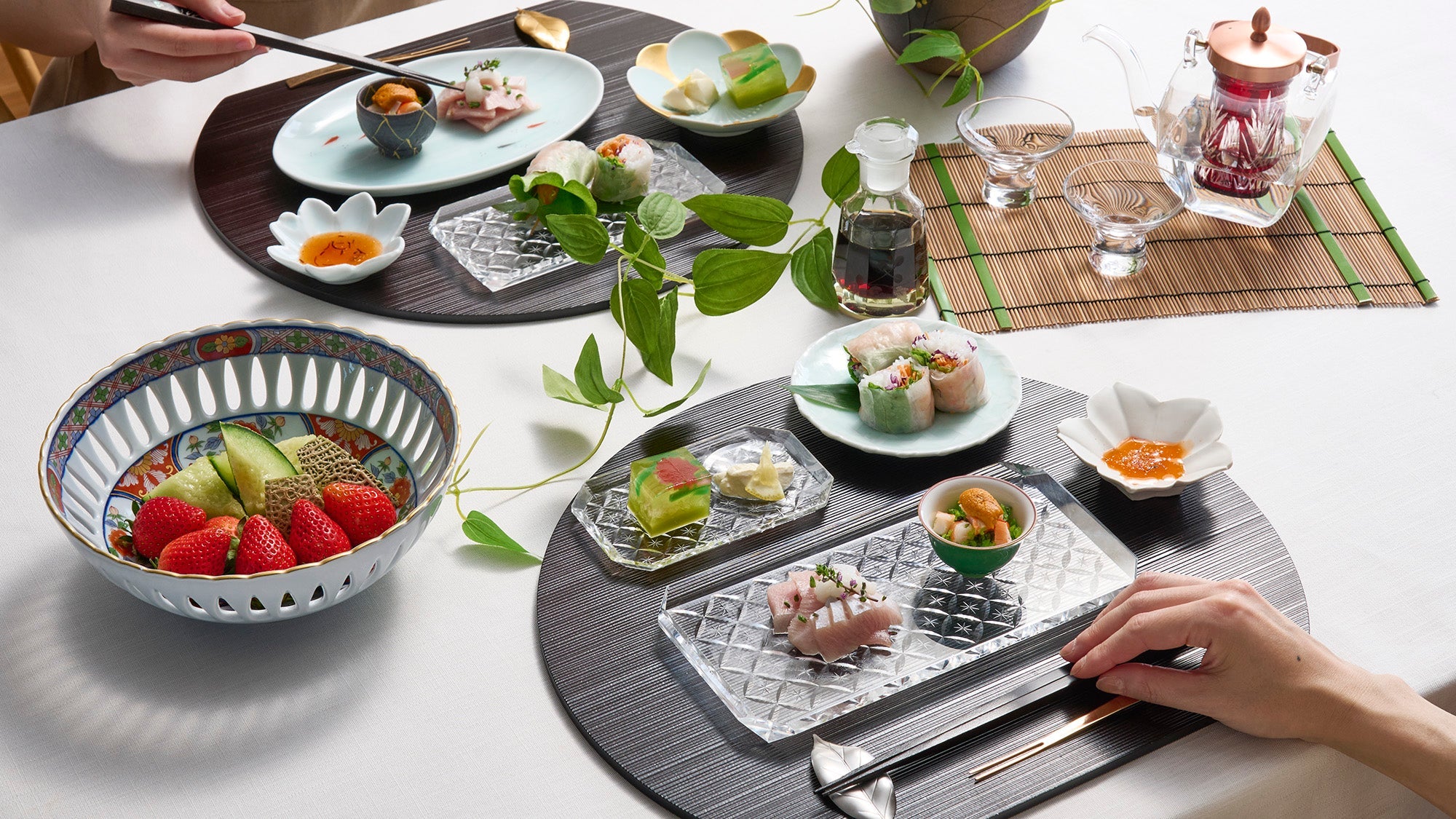
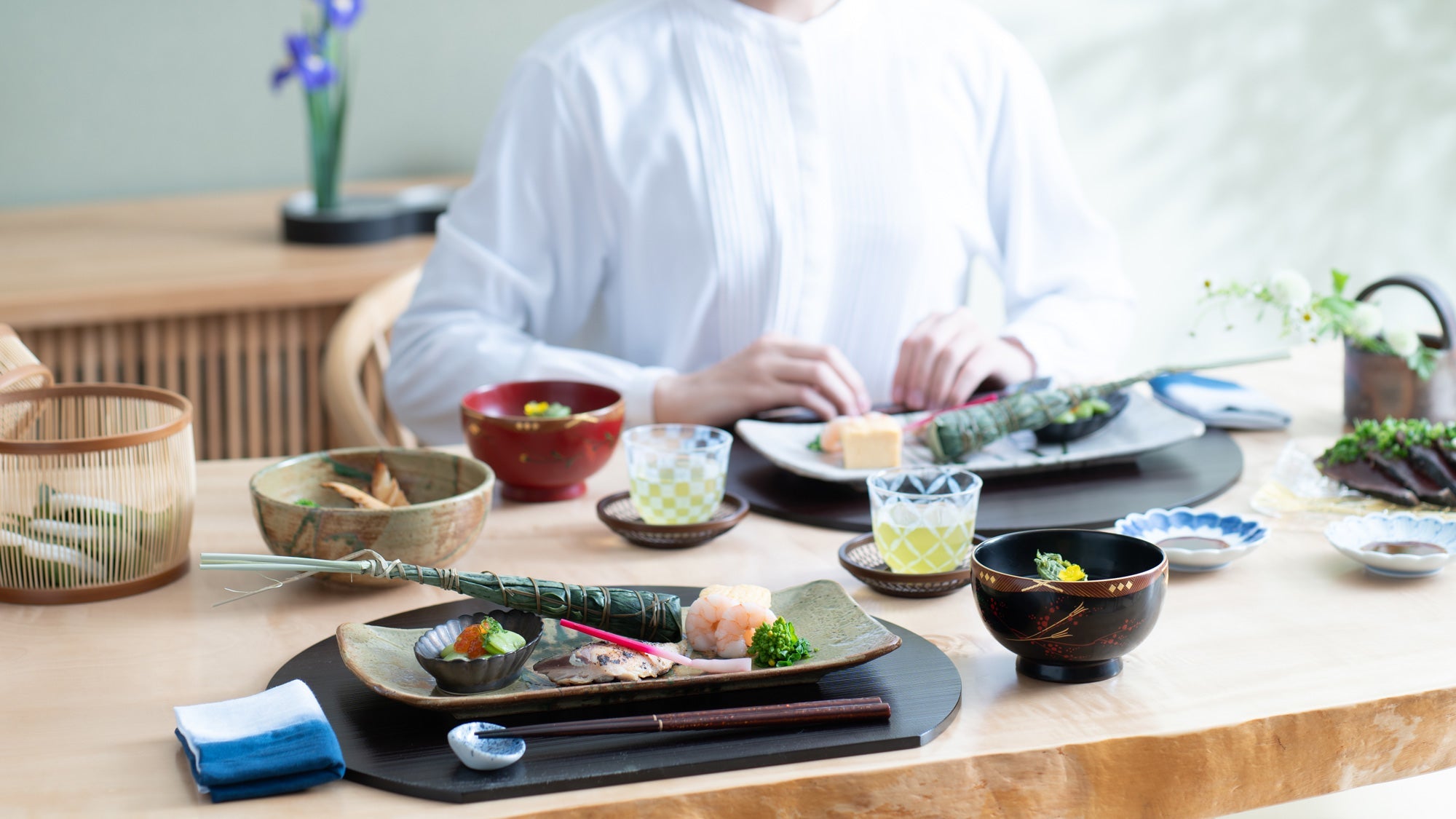
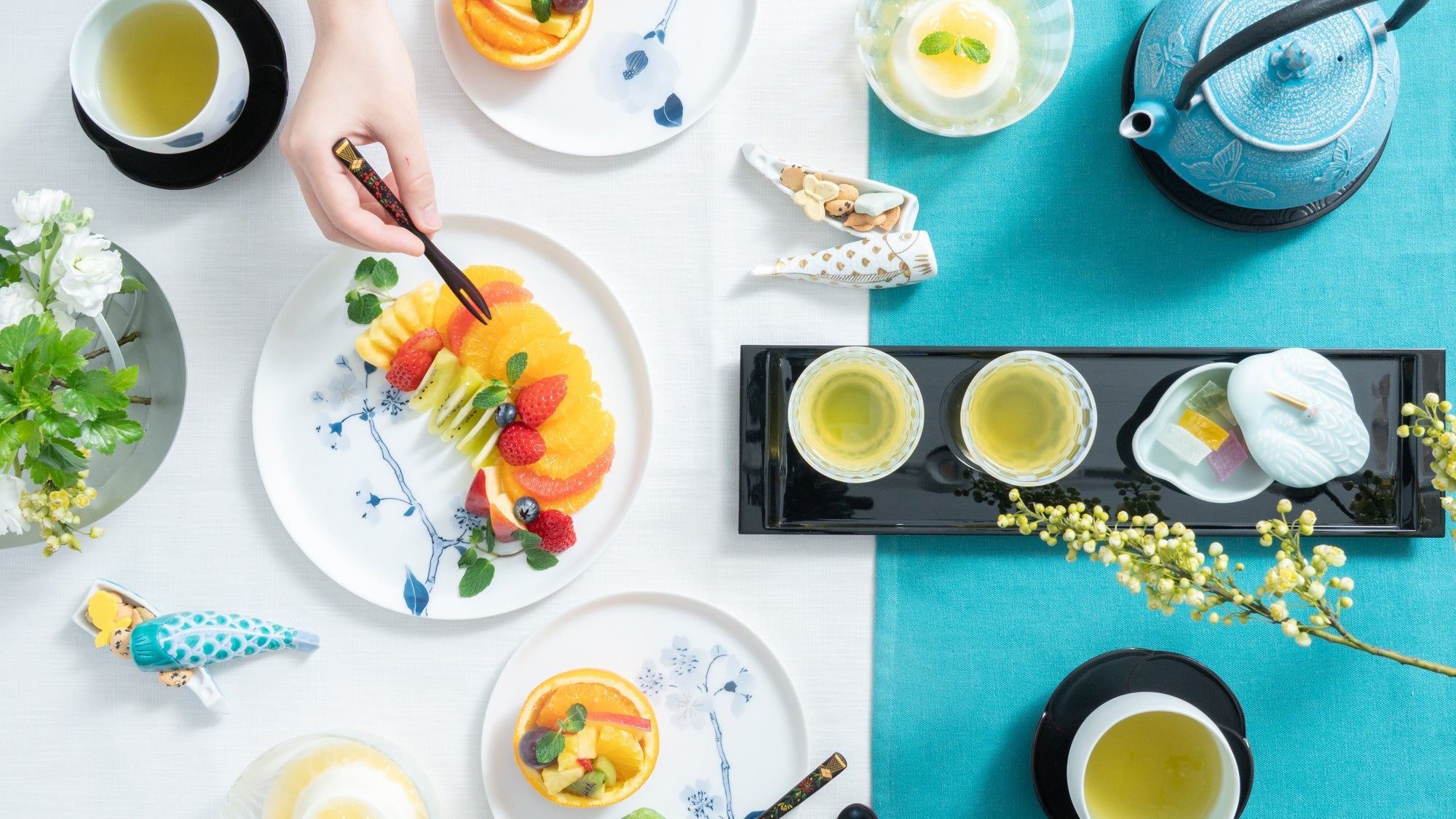
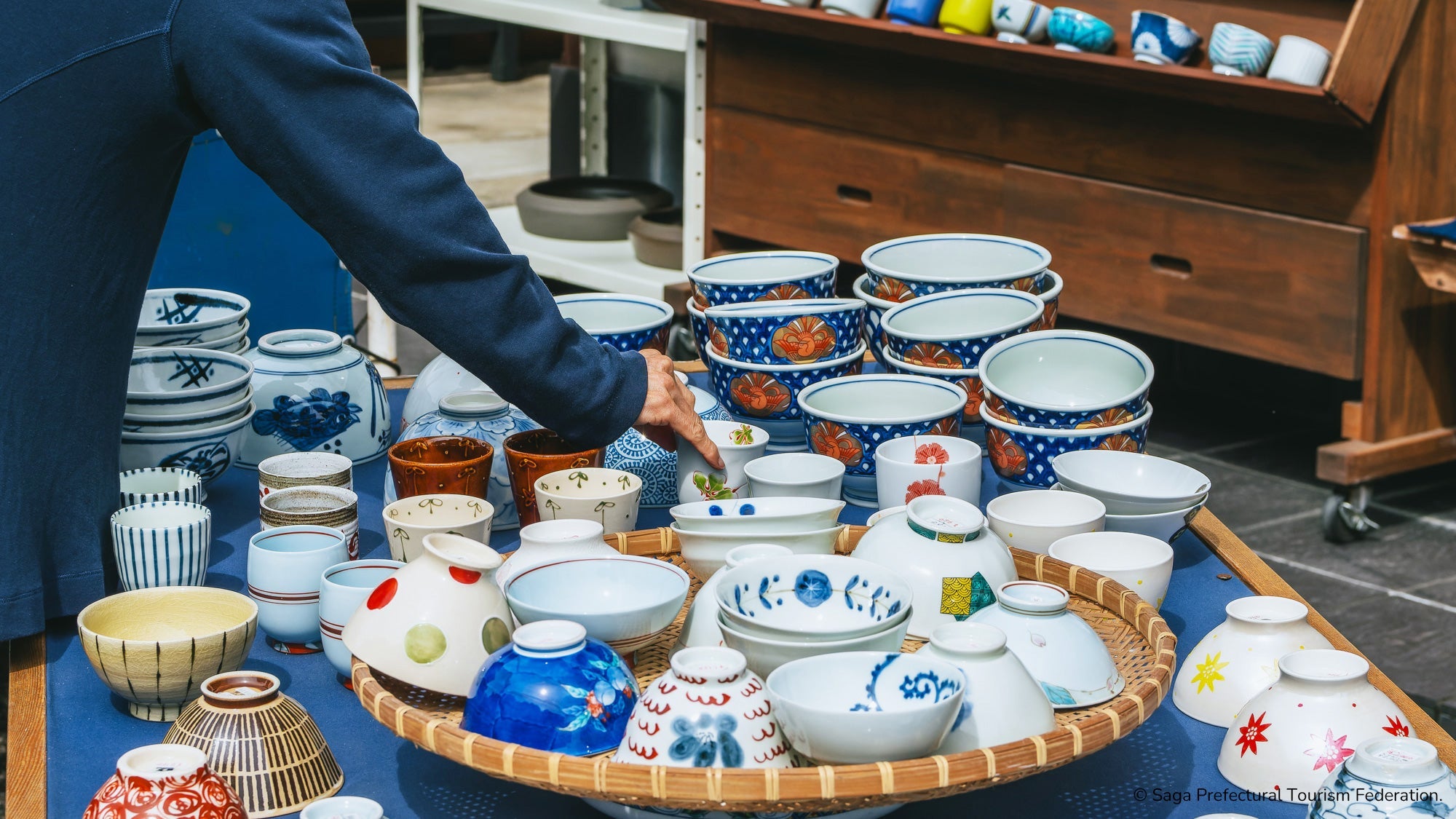
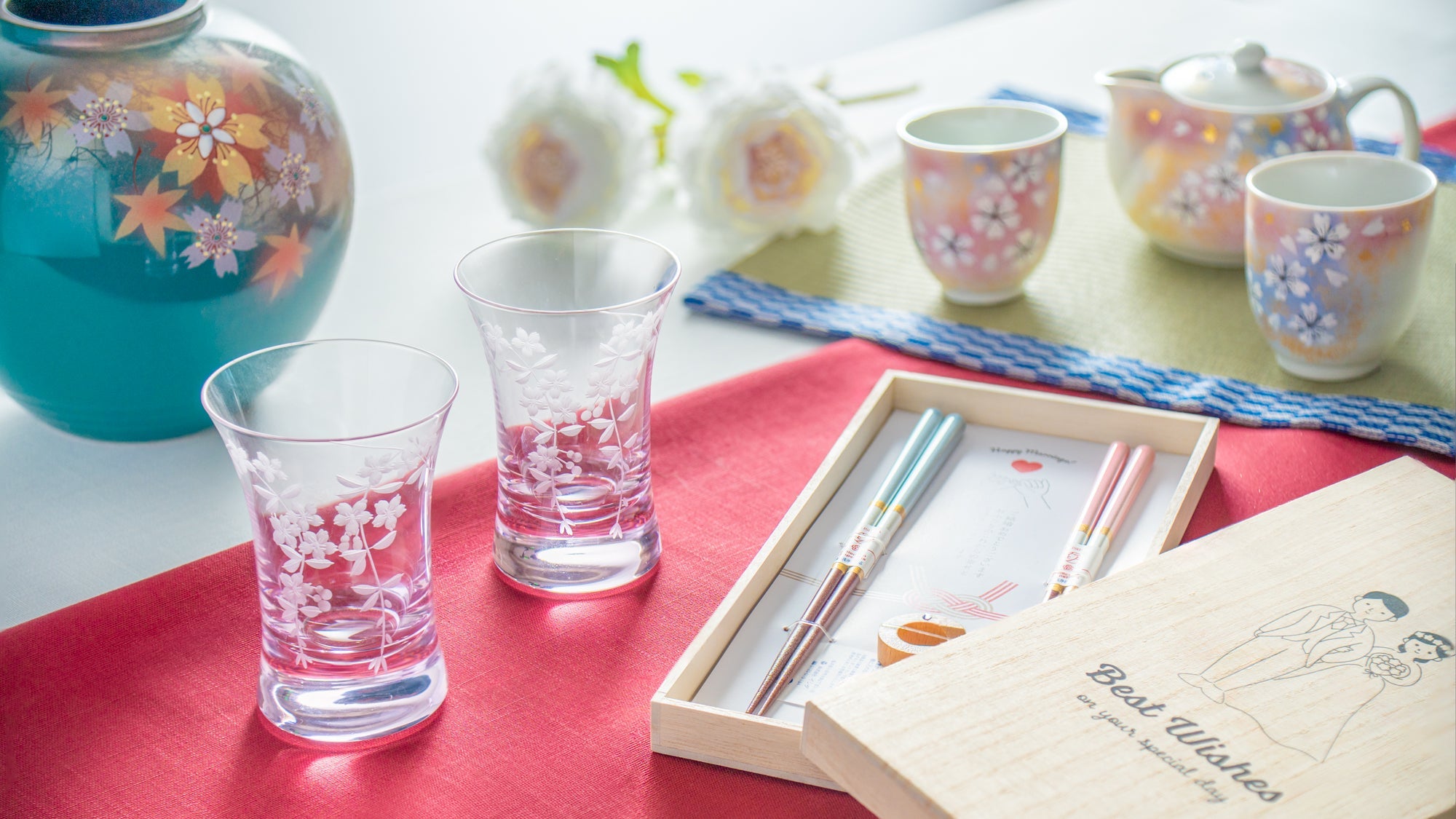
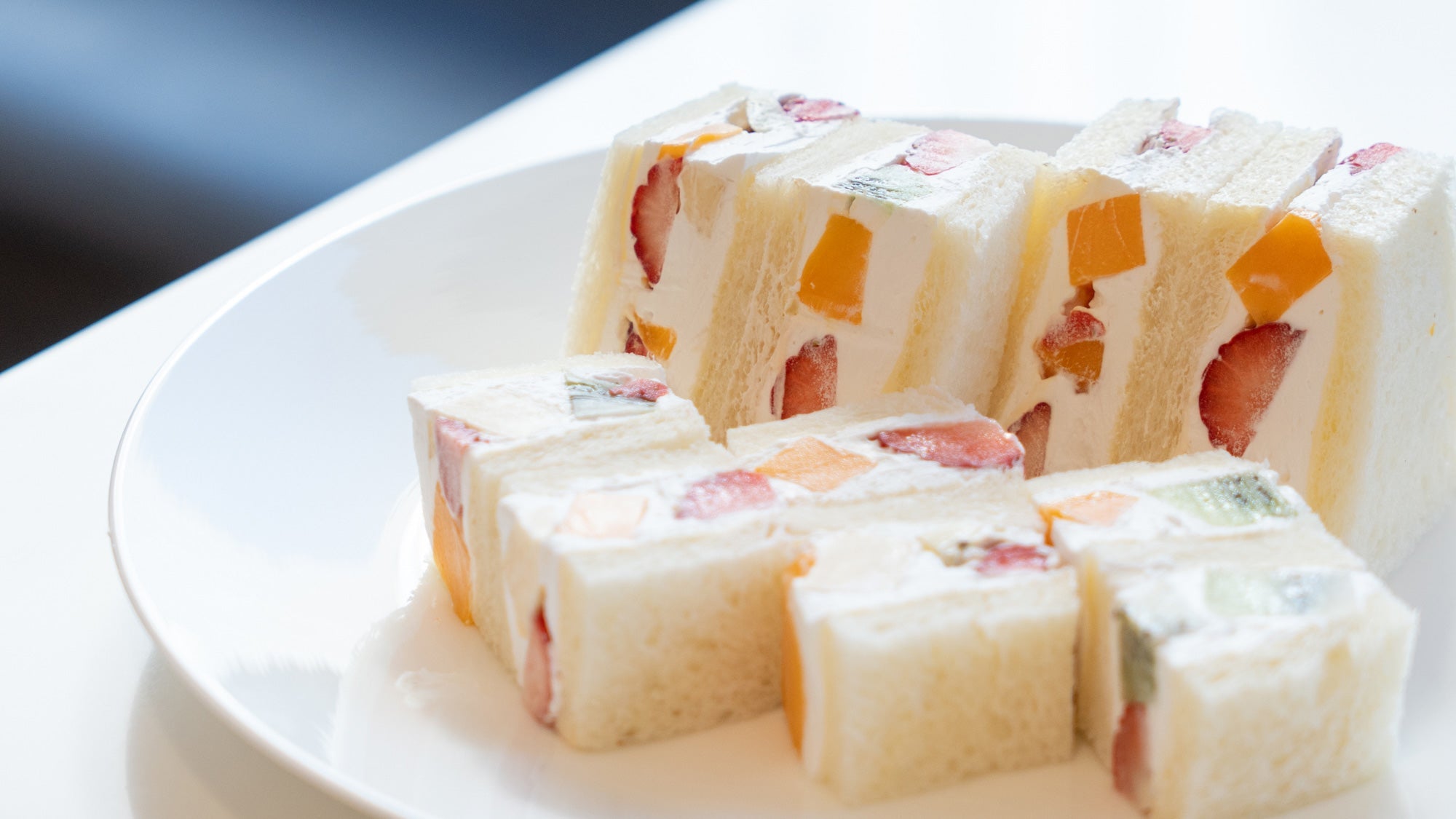

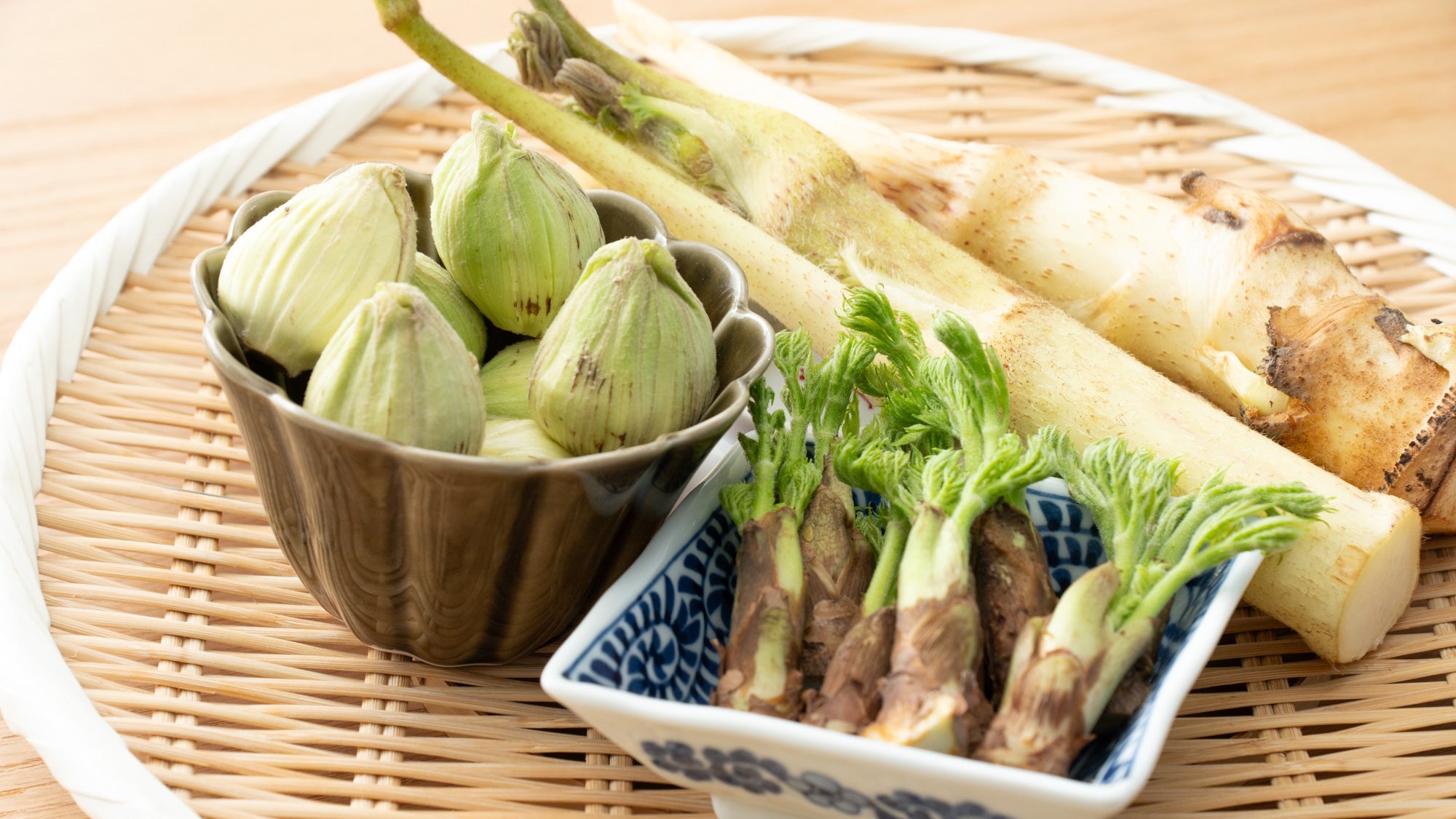

Leave a comment
This site is protected by hCaptcha and the hCaptcha Privacy Policy and Terms of Service apply.